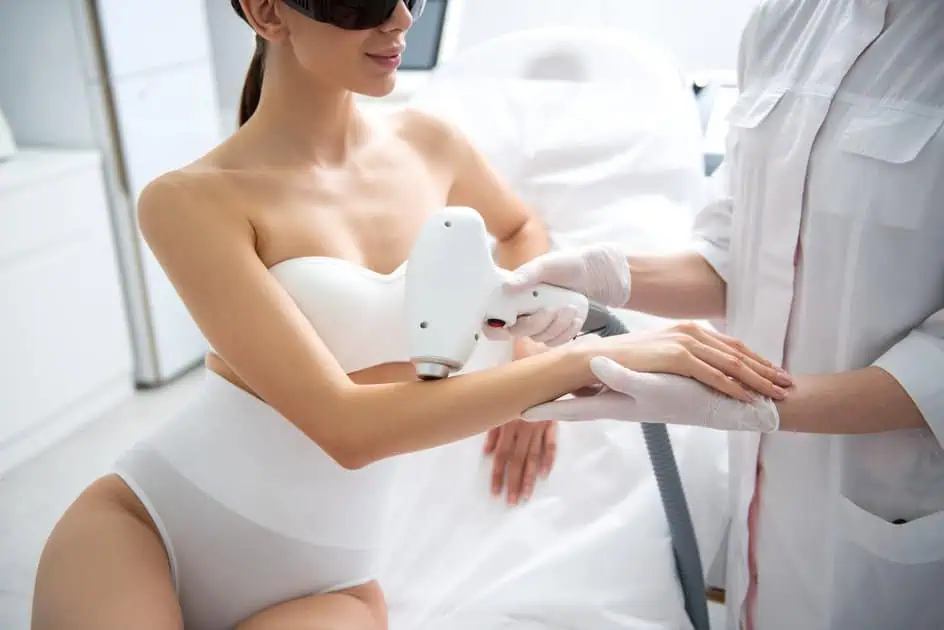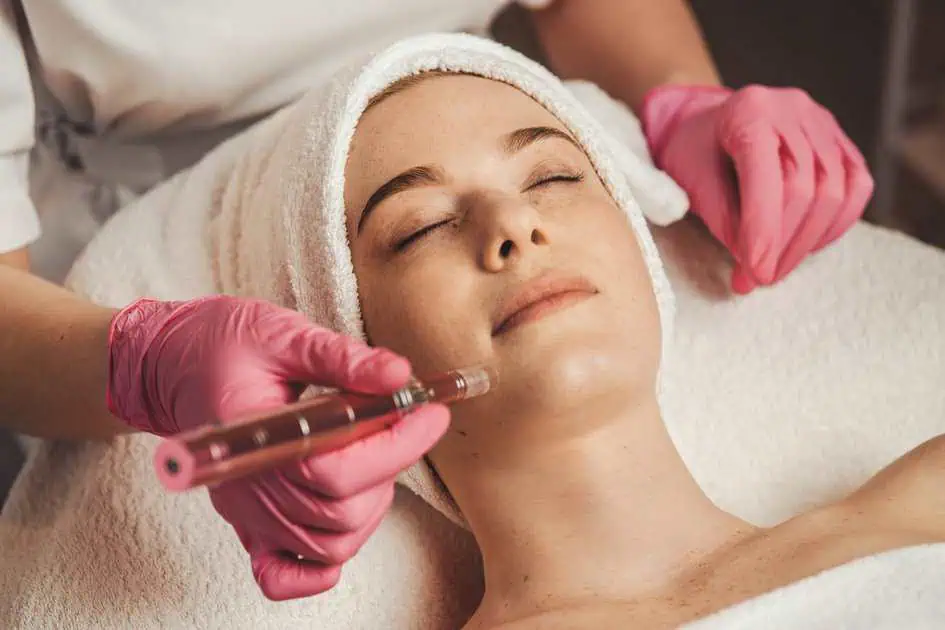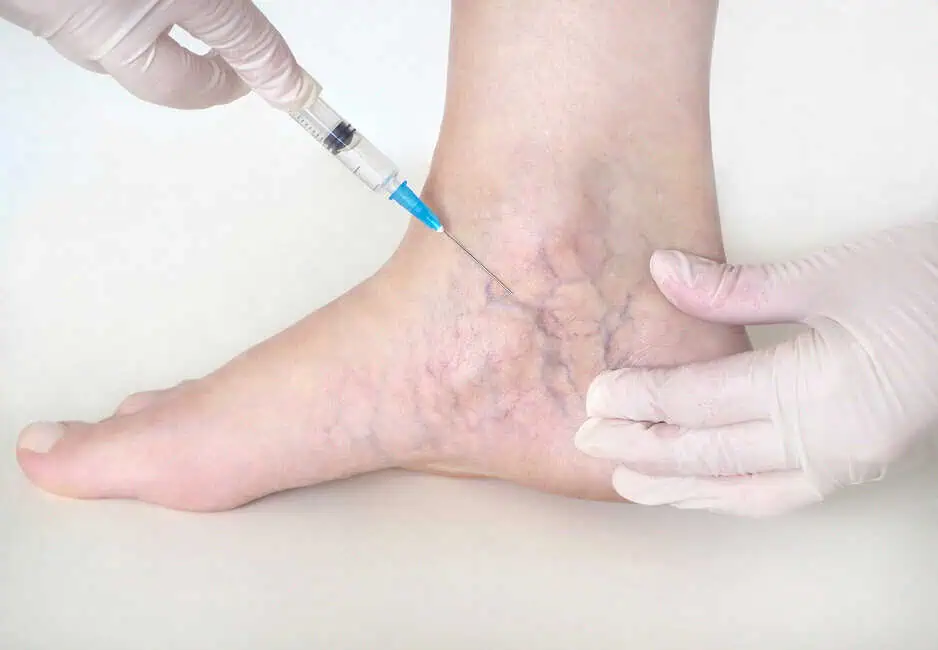Visible through the skin and usually forming on the legs or face, spider veins can disrupt the smooth tone of skin wherever they develop. Appearing as red, blue, or purple fine lines, spider veins often take on a tangled, weblike look, which is how they get their name. In most cases, spider veins are simply a cosmetic issue. They produce few symptoms in most patients, and while they indicate vein failure or damage, spider veins don’t always progress to more serious conditions, particularly if you seek treatment for the underlying causes. Choosing Afzal Clinics in Fridley, Edina, and Woodbury, Minnesota, to manage your care provides you with both the medical attention and aesthetic expertise you need to clear your spider vein condition, now and in the future. How spider veins form Veins are the blood vessels tasked with returning blood from the body to the heart and lungs. To aid this process, veins have a series of valves along their length that permit one-way flow of blood. Spider veins develop when these valves begin to fail in the smallest veins near the surface of your skin. Blood starts to pool, stretching the vein walls and creating the visible webs that are characteristic of spider veins. This is the same process that forms varicose veins, though these larger veins may create more substantial symptoms and complications. Spider veins in the face often appear due to photoaging, damage caused by unprotected exposure to sunlight, or from increased pressure within the small veins, causing them to burst. Spider vein risk factors Women are more likely to develop spider veins, at nearly twice the rate as men. About 41% of women deal with the condition, medically known as telangiectasia. Your risk of spider veins increases with other factors too, including:
Age: Vein walls and valves get weaker with age, leading to increased chances of pooling and failure
Hormonal events: Elevated levels of estrogen can weaken vein walls
Family history: You’re more likely to have spider veins if others in your family have them
Body mass: Carrying extra pounds puts a greater strain on the veins in your legs
Pregnancy: The hormonal changes and extra weight of carrying a baby may cause spider veins
Prolonged sitting or standing: Veins require pumping assistance from leg muscles, so time spent in one position contributes to vein failure
Pressure on the face: Straining, coughing, or sneezing can cause small veins to burst
Ultraviolet (UV) exposure: Sun damage can reach below the surface of the skin, damaging veins
Smoking is another lifestyle choice that affects the health of blood vessels. You could have several risk factors contributing to spider vein formation, with no single reason being the primary cause. Are spider veins dangerous to my health? Spider veins themselves are usually painless and no threat to your wellness. Treatment isn’t necessary for existing veins, though you can take steps to prevent further spider veins from forming. Afzal Clinics offers a range of aesthetic treatments to clear existing visible veins. Book a consultation with our most convenient office, online or by phone, to learn more about your condition. It’s an ideal time to undergo spider vein treatment to prepare for the summer season. Make an appointment today.




